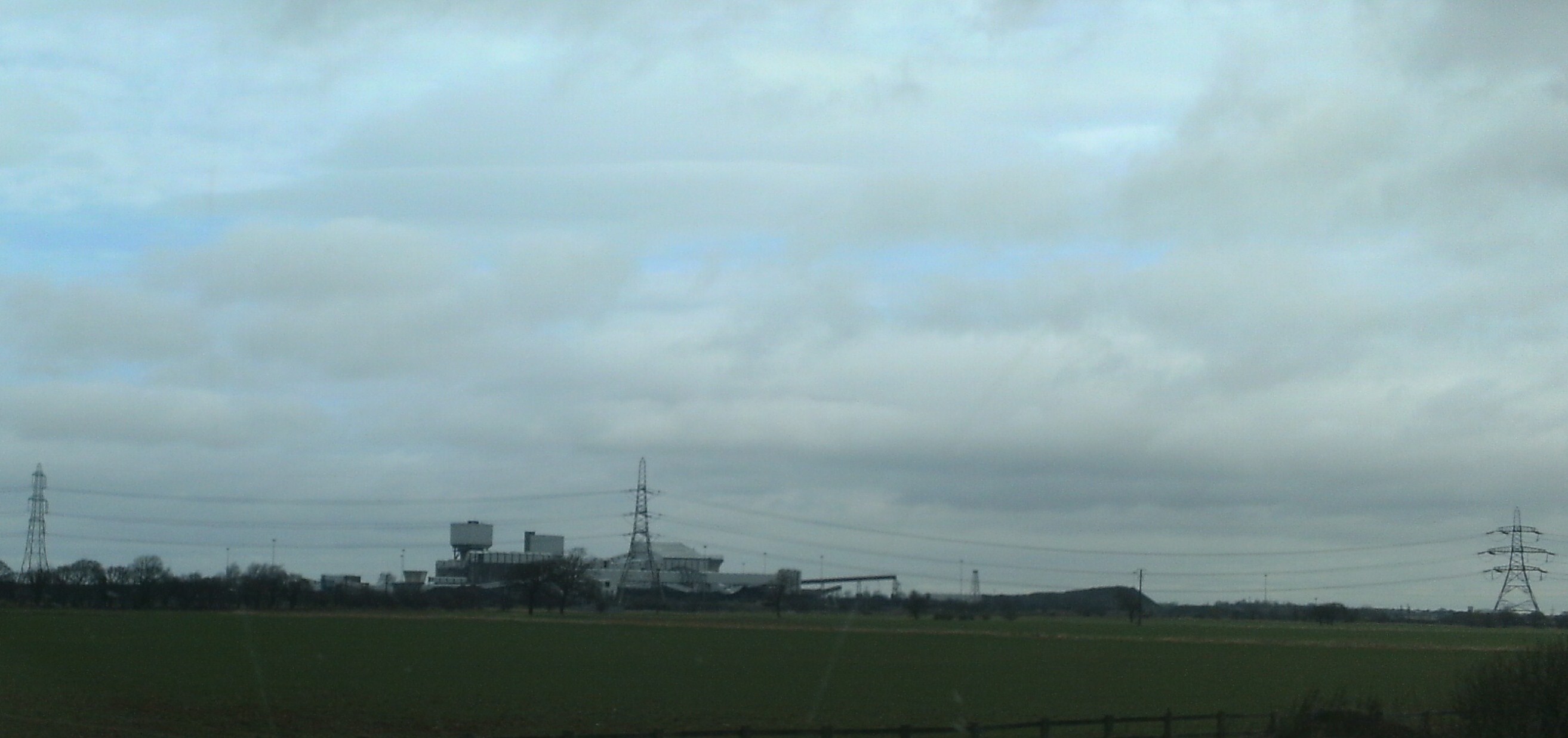|
Prince Of Wales Colliery
The Prince of Wales Colliery was a coal mine that operated for over 130 years in Pontefract, West Yorkshire, England. It was permanently closed in 2002 after geological problems were found to make accessing remaining coal reserves unprofitable, and most of the site was later converted for housing. History The colliery was developed from 1860, but coaling operations did not begin until 1869, with full production underway by 1872, when over was being brought to the surface per week. It was sometimes referred to as ''PoW'' or as the ''Ponty Prince'', Ponty being short for Pontefract, the town that it was in. In 1885, the underground viewer, general manager and the owner of the mine (Alderman Rhodes, the Mayor of Pontefract) were prosecuted for not ensuring that the pit was adequately ventilated. A regulation stipulated that the air sections should be a minimum of wide, but those at the PoW were only , and . The underground viewer and general manager were fined, with the mayor b ... [...More Info...] [...Related Items...] OR: [Wikipedia] [Google] [Baidu] |
Abercarn Colliery Disaster
The Abercarn colliery disaster was a catastrophic explosion within the Prince of Wales Colliery in the Welsh village of Abercarn (then in the county of Monmouthshire), on 11 September 1878, killing 268 men and boys (though an exact number of casualties remains unknown). The cause was assumed to have been the ignition of firedamp by a safety lamp. The disaster is the third worst for loss of life to occur within the South Wales Coalfield. Explosion Shortly after midday on 11 September 1878, with 325 men and boys working underground, a large explosion ripped through the Prince of Wales Colliery. The colliery’s steam whistle blew, signalling that an emergency was underway, drawing colliers and the families of those trapped to the pit head. The explosion caused significant damage to the mine’s roadways and to the bottom of the main shaft. Several fires ignited the coal seams and supporting timber structures, filling the mine with smoke. Rescue attempts A rescue team entered the ... [...More Info...] [...Related Items...] OR: [Wikipedia] [Google] [Baidu] |
Kellingley Colliery
Kellingley Colliery was a deep coal mine in North Yorkshire, England, east of Ferrybridge power station. It was owned and operated by UK Coal. The colliery closed on 18 December 2015, marking the end of deep-pit coal mining in Britain. The site is earmarked for commercial development. History Exploratory boreholes sunk in the 1950s established that there were up to seven workable seams of coal at Kellingley. The sinking of its two shafts started in 1960. Its sandy and porous geology down to about was waterlogged. Boreholes drilled around each shaft position had sub-zero-temperature brine pumped through them to freeze the ground down to about . The sinking personnel had to work in sub-zero temperatures until the shafts were below this frozen ground. The shafts were eventually sunk to a depth of around . After a concrete lining sealed the shafts, the cooling brine was stopped and the frozen ground allowed to thaw. Grout, a thin cement mixture, was pumped at high pressu ... [...More Info...] [...Related Items...] OR: [Wikipedia] [Google] [Baidu] |
Mining In West Yorkshire
Mining is the extraction of valuable minerals or other geological materials from the Earth, usually from an ore body, lode, vein, seam, reef, or placer deposit. The exploitation of these deposits for raw material is based on the economic viability of investing in the equipment, labor, and energy required to extract, refine and transport the materials found at the mine to manufacturers who can use the material. Ores recovered by mining include metals, coal, oil shale, gemstones, limestone, chalk, dimension stone, rock salt, potash, gravel, and clay. Mining is required to obtain most materials that cannot be grown through agricultural processes, or feasibly created artificially in a laboratory or factory. Mining in a wider sense includes extraction of any non-renewable resource such as petroleum, natural gas, or even water. Modern mining processes involve prospecting for ore bodies, analysis of the profit potential of a proposed mine, extraction of the desired materials ... [...More Info...] [...Related Items...] OR: [Wikipedia] [Google] [Baidu] |
.jpg)

